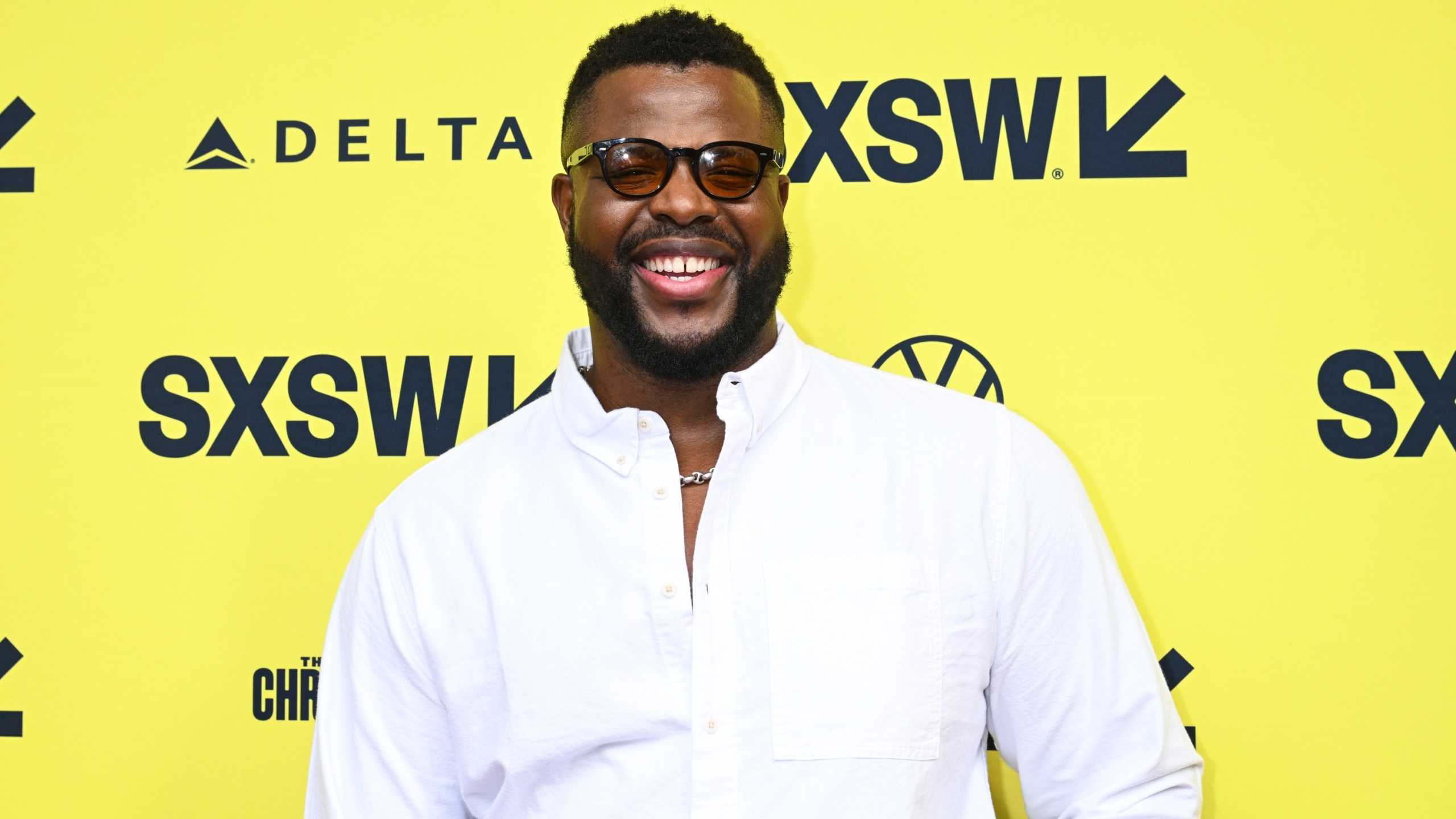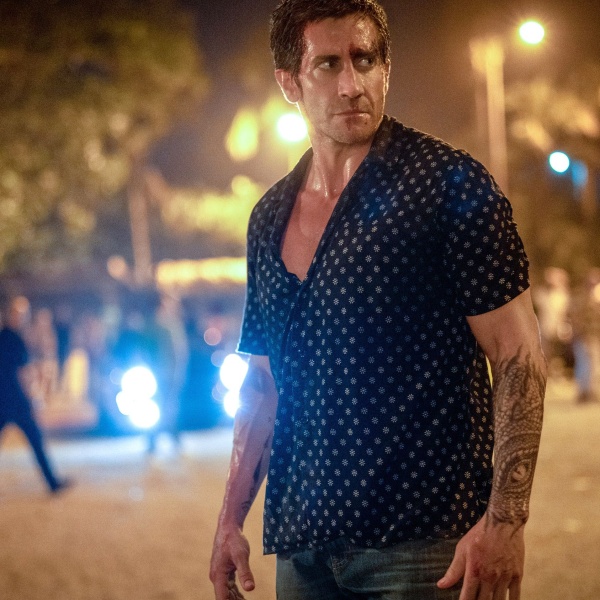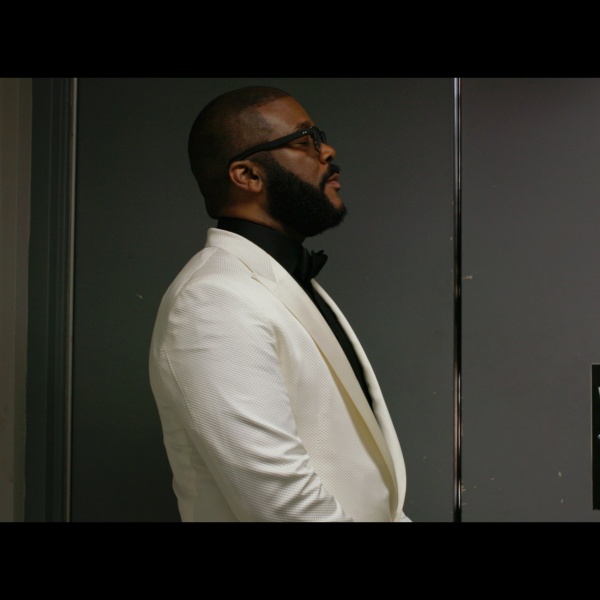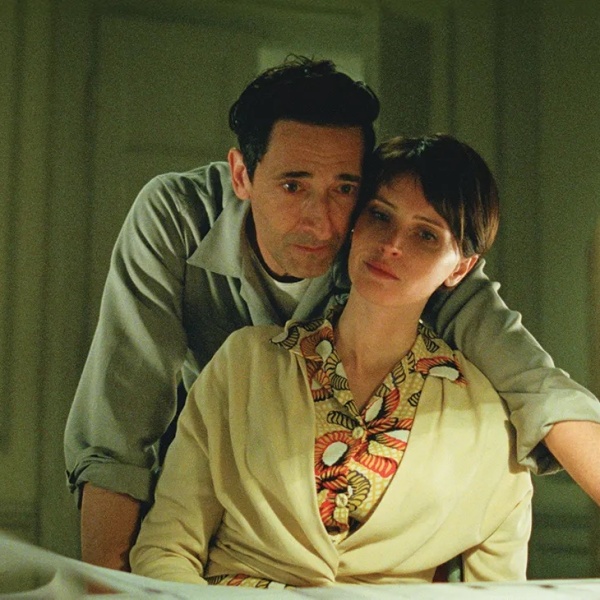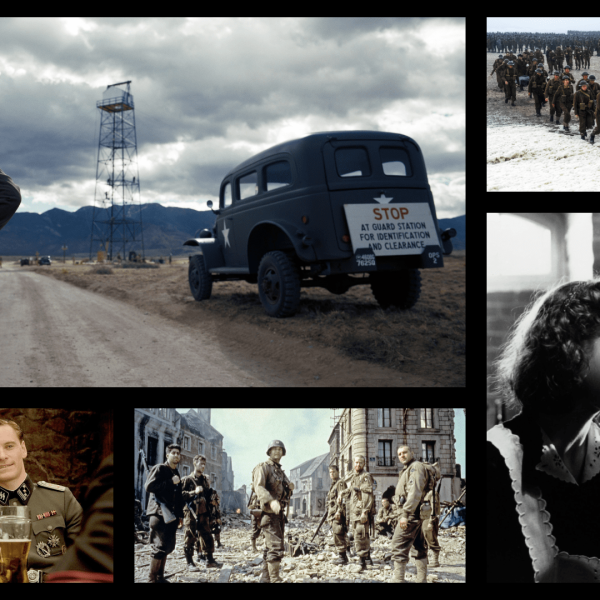At 6 foot, 5 inches, Winston Duke towers over his fellow castmates and crew members on set. In former-stuntsman-turned-filmmaker David Leitch’s “The Fall Guy,” Duke fills the shoes of Dan Tucker, the stunt coordinator in the film responsible for protecting famous stuntman Colt Seavers’ (Ryan Gosling) life and big-shot first-time feature filmmaker Jody Moreno’s (Emily Blunt) blockbuster set.
“Not a lot of stunt guys are my size, so sometimes, I tend to have to supplement a lot of the stunt scenes myself,” Duke told IndieWire after wrapping up the film’s global press tour. “It has always been that way since ‘Black Panther.’ Stunt coordinators are the ones who also employ a powerful ‘no,’ where they say certain stunts can’t be done. I really appreciate that because that is a big part of longevity for us actors in staying safe.”
For Duke, his breakout feature role as M’Baku in Marvel’s “Black Panther” cemented his career’s future success, while his fatherly character in Jordan Peele’s “Us” showed viewers that his substantial build wouldn’t prevent him from playing really warm, strong, and lovable characters. Winston Duke as Dan Tucker is no different from the pantheon of cinematic characters he has already played.
Dan Tucker’s contribution to keeping everyone safe in Leitch’s explosive action-comedy sheds light on movie magic’s most unsung heroes: stunt performers. Gosling produced “The Fall Guy” while his on-screen brotherhood with Duke’s character imitates other famous dynamic duos in past satirical action franchises like “Rush Hour” and “Bad Boys.”
This interview has been condensed and edited for clarity.
IndieWire: In a way, you have always been unintentionally preparing for this role for a while watching stuntmen on your past sets playing characters in action-packed films. Why was your experience and prep for this role different from others?
Winston Duke: I was able to follow and shadow the community that I was reflecting in real time. Real life really reflected the real art we created. In this movie, I spoke to the stunt coordinator almost every single day. I would sit with his team and hear their stories about a person who used to be a stuntman until an accident happened. Then, the person and their family carry this collective trauma of seeing someone not leave set to return home one day. I had no clear idea in the past how much integrity was baked into the pursuit of stunt-making. A miscalculation or lie on set can cost someone their life.

What was it like working with stunt coordinators on “The Fall Guy”as well as a filmmaker like David Leitch, a former stunt performer himself?
David Leitch wasn’t very precious when it came to improving language, and he wasn’t very precious when it came to his idea of what the moment should be. He’s very much willing to figure out what the moment could be through your interpretation and through the actors’ interpretations in the moment. We always would be working from a framework that we were familiar with from the script, but it was always, what do you think? And where would you take this and how would you change and impact this scene? The set was this super collaborative space, because I think, coming from that stunt background, he completely understands that things tend to change and can change just based on a simple movement or a simple action. I remember he wanted a couple of scenes as a oner, but because some really cool things were happening in the oner that he wanted to get more coverage of that idea went out the window. There were new opportunities that came alive during the day.
Did you do most of your own stunts?
I ended up doing a lot of my own stunts just because I had a stunt double who was probably 60 pounds lighter than me. Jojo [aka Jonathan Eusebio, the film’s fight coordinator] and I worked together on “Black Panther,” so I came in with a really great relationship, and they already knew a lot about how I moved. Everything was prepared to the movement patterns that were according to my size proportions. David Leitch would start building some vignettes for me and I would bring in the character work. I brought in the many moments of improvisation.
Playing a stunt coordinator who helped arrange the film’s most climactic scenes, how has “The Fall Guy” changed how you view the intensity of stuntmen’s performances on set?
Stunt coordinators are our biggest allies, and they’ve done their jobs so well for so long that it’s gone too unnoticed. Actors, writers, and filmmakers are stunt coordinators’ allies because they care so deeply about our voices. We employ language and emotion [for] these big sequences. We’re the right ones to put out a love letter to stunt performers. That’s the power of making movies.

What was the inspiration behind your character’s sincere love for film?
We’re depicting a group of people who watch people be on camera their entire careers. They have all these big dreams and are lovers of the craft to the point where they want to create film, but they don’t get the direct, full-frontal credit for the art form. So it was really great to be able to play a character who loves movies so much that their life revolves around it, and even in a life or death situation, they’re quoting famous movie lines.
There is “Men in Black,” “Bad Boys,” Rush Hour,” and now “The Fall Guy” falls underneath the action movie genre that relies on comedy and heartfelt moments to push the needle forward — what best friend dynamic duos were on your mind for this film?
“Rush Hour” and “Bad Boys” were definitely in my mind. So were more unconventional character duos for example, “Nope’s” Keke and and Daniel Kaluuya. I dwell on giving credit to the people and idols that influence me. It wasn’t until speaking with David that the character of Dan Tucker kept expanding into being written in more scenes. The rapport and relationship that I have developed with Ryan on set made every scene turn into magic.
“The Fall Guy” is all about being the main character and not the unsung hero or the double. You share so many close-call action-packed sequences with Ryan Gosling and so many sentimental moments of pure comedy. What was your action-hero sidekick dynamic like on set?
With a lot of grief, I had lost my mom about three weeks prior to shooting this, and I didn’t think I would even be able to do the movie, so I almost had to pull out. I didn’t want to leave the production hanging, but I needed to take care of myself as a human being. When Ryan came onto set as the producer and lead character, he was so sorry, and we actually bonded over being raised by a single mom. We grew a friendship, and it was really human. I trusted him really quickly, and he trusted me really quickly. He would check in with me, and I learned so much from him. I really appreciate his portrayal of masculinity on screen. It’s both really present and dominant, but it’s also a bit fluid and soft and emotionally available. He is not afraid to create a lot of color in how a man can be depicted on screen.
After wrapping filming with David Leitch, Ryan Gosling, and Emily Blunt, why do you now see “The Fall Guy” as the ultimate love letter to the often unsung heroes?
Most of these stunt performers do their job very seriously and they never show an inch of their face, even if they do, it can be altered to fit the so-called star of the film. They’re not the ones who are able to write the love letter because they are so concealed in every aspect of making the film. That is the true power of Hollywood. We can give meaning and magic back to those who have paved the way to flesh out ideas and film’s biggest spectacles and actions.
A Universal film, “The Fall Guy” opens in theaters Friday, May 3.
